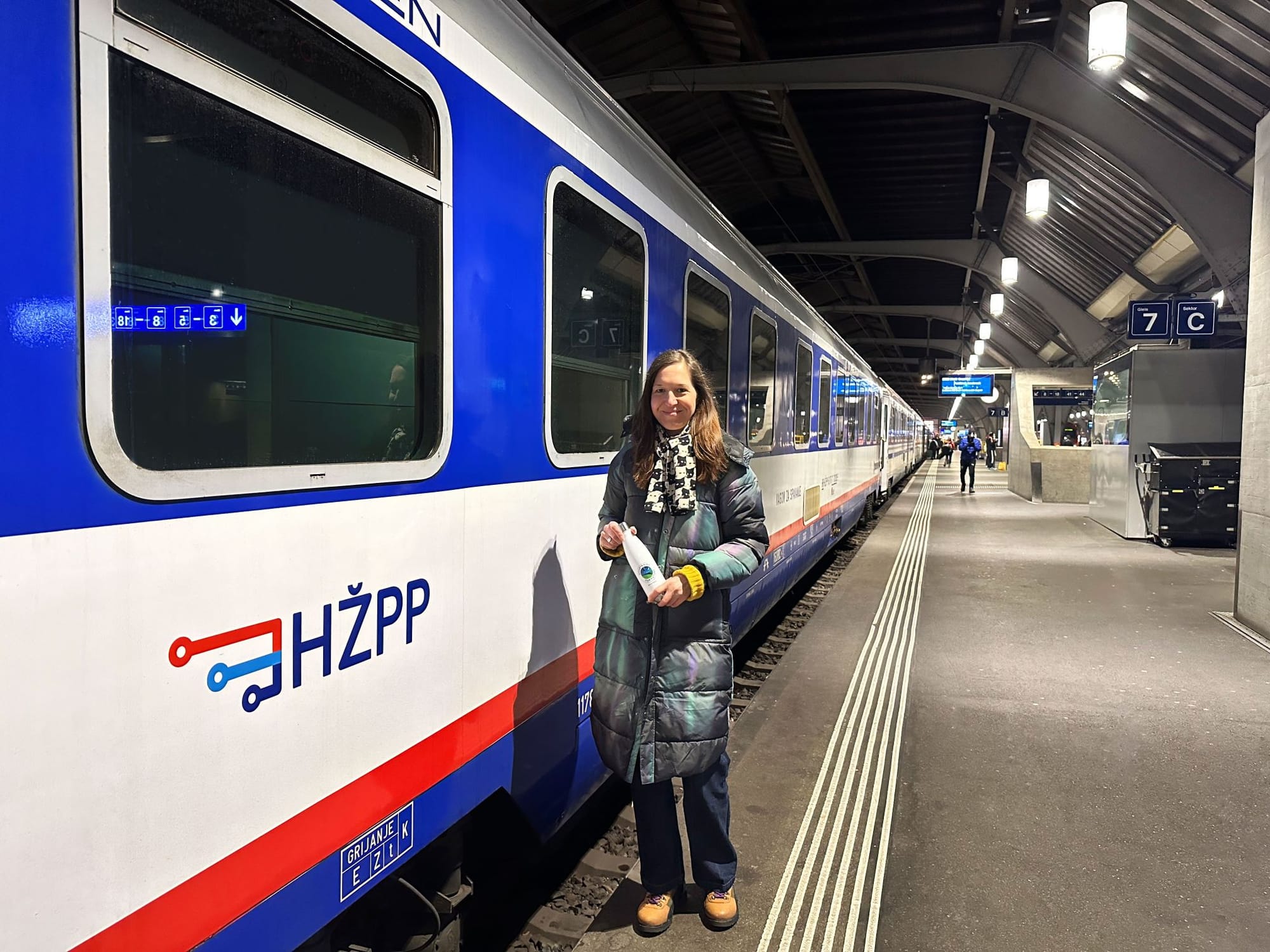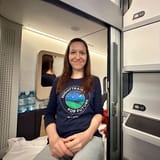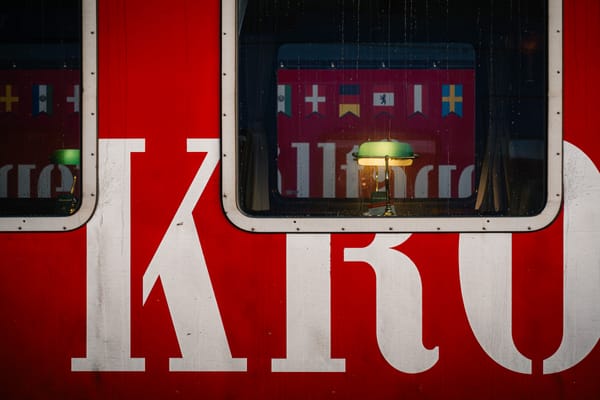By night train into the land of dragons – a journey to Slovenia
By night train from Zurich to the legendary Ljubljana: A slow-paced journey through the Alps to the heart of Slovenia. Between dragon legends, castles, and railway history.

A city of legends, where a dragon watches over past and present.
Inspired by this myth – and by Ljubljana’s famous Dragon Bridge and castle – I longed for a special kind of journey: a night train ride from Zurich into the heart of Slovenia. Starting July 14, 2025, this direct connection to Ljubljana will be available once again.
According to legend, Ljubljana was founded by the Greek hero Jason, who slew a dragon that lived near the city during his escape with the Argonauts. The dragon has been a symbol of Ljubljana for centuries, representing strength, courage, and protection. The city’s coat of arms, displayed on a late Gothic shield, features a green dragon clutching the upper battlements of a silver tower with its claws. The Dragon Bridge (Zmajski most) is one of Ljubljana’s most iconic landmarks. Those who gaze into the dragon’s eyes at the head of the bridge often feel a sense of awe—especially at night, under a starry sky and moonlight.
Find a night train to Ljubljana
The bridge was designed in 1900 by architect Jurij Zaninović. Today, the dragons are an integral part of the city's folklore, appearing all over Ljubljana – on manhole covers, as mascots, and during the annual Dragon Carnival.
For my birthday in February, I wished for a trip to this very Dragon Bridge and Ljubljana Castle – and I wanted to get there by night train from Zurich. The EuroNight 40465, also known as “Alpine Pearls”, is a night train offering a comfortable connection between Switzerland, Austria, Slovenia, and Croatia. It departs from Zurich and travels all the way to Zagreb.
Learn more about the author and her work with the association Back-on-Track Switzerland here.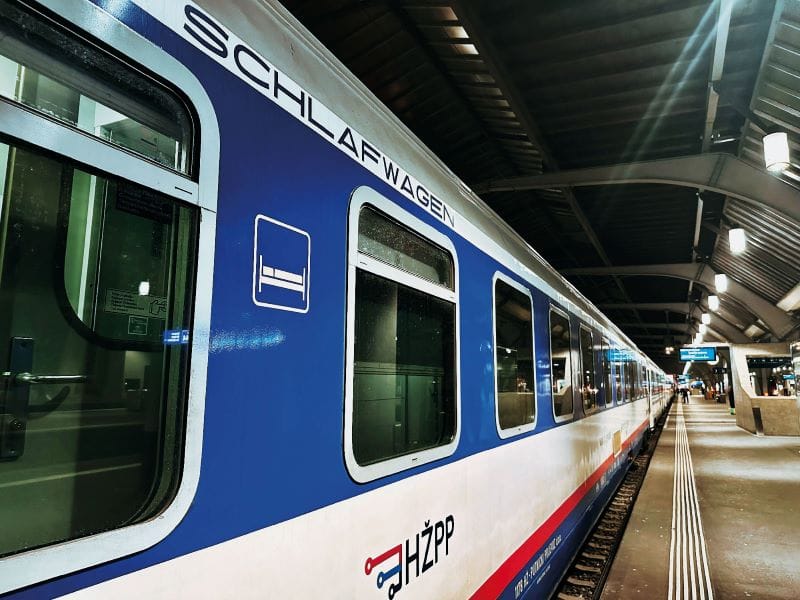
Currently, due to construction work on the Tauern Tunnel in Austria, the night train from Zurich unfortunately does not run directly to Ljubljana. As an alternative, you can take the night train to Sevnica and continue from there by regional train to Ljubljana.
This diversion is expected to remain in place until July 13, 2025. According to the SBB website: “Due to construction work, direct night train service to Ljubljana will resume on July 14, 2025.”
Find a night train to Ljubljana
Train ride with a view – heading into the Ljubljana valley
Our overnight journey from Zurich at 8:40 p.m. to Sevnica, arriving at 10:28 a.m., went smoothly and on time aboard the EuroNight in cooperation with Croatian Railways HŽPP (HŽ PUTNIČKI PRIJEVOZ). Our double cabin in the sleeping car was very comfortable, styled in “retro chic,” complete with beds and a washbasin. We booked our night train trip for two, including breakfast, for February 2025 in December 2024. The total cost was CHF 235, including a 25% discount for GA travelcard holders.
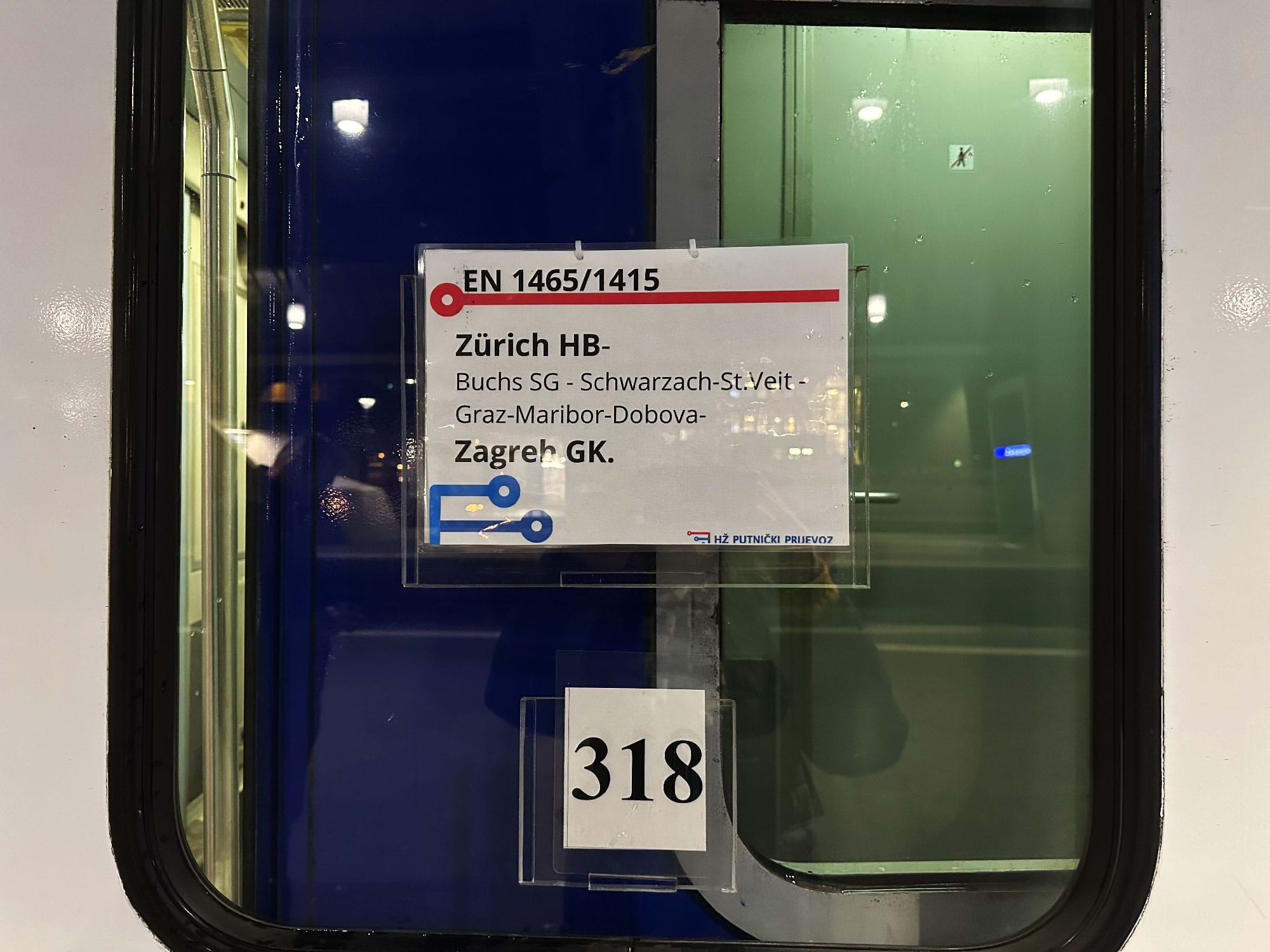
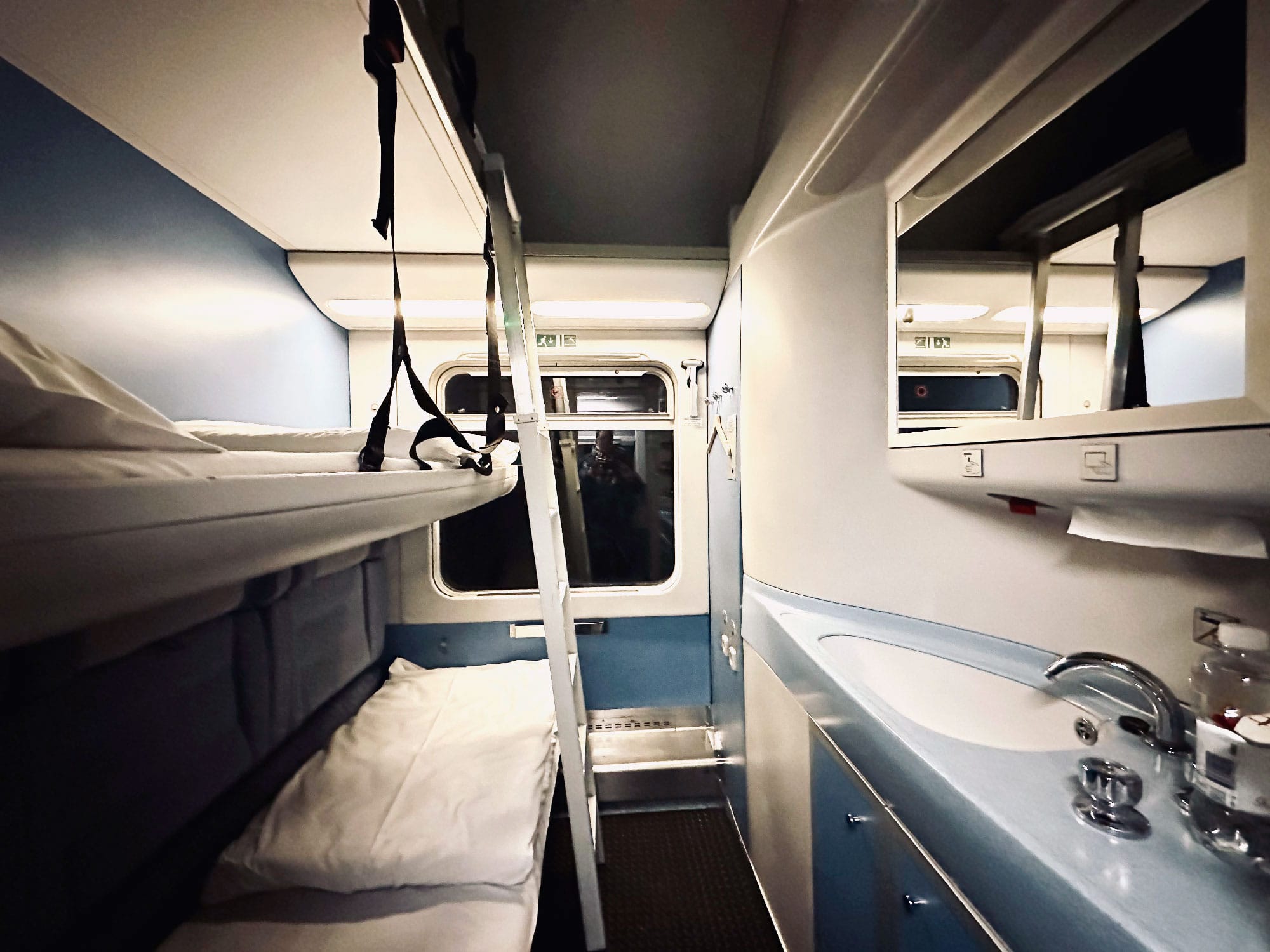
Tickets for the regional train from Sevnica to Ljubljana can be booked via the SBB or ÖBB apps, or directly through Slovenian Railways. The station in Sevnica is small and manageable, with just two tracks. Announcements are made in Slovenian, but with only two platforms, it’s easy to find our way – we simply follow the locals to the right train heading for Ljubljana.
We enjoy the stunning scenery along the way, as the route follows the Sava River, which originates near the Slovenian town of Radovljica. The Sava connects the capitals of Slovenia (Ljubljana), Croatia (Zagreb), and Serbia (Belgrade), before flowing into the Danube after 940 kilometers.
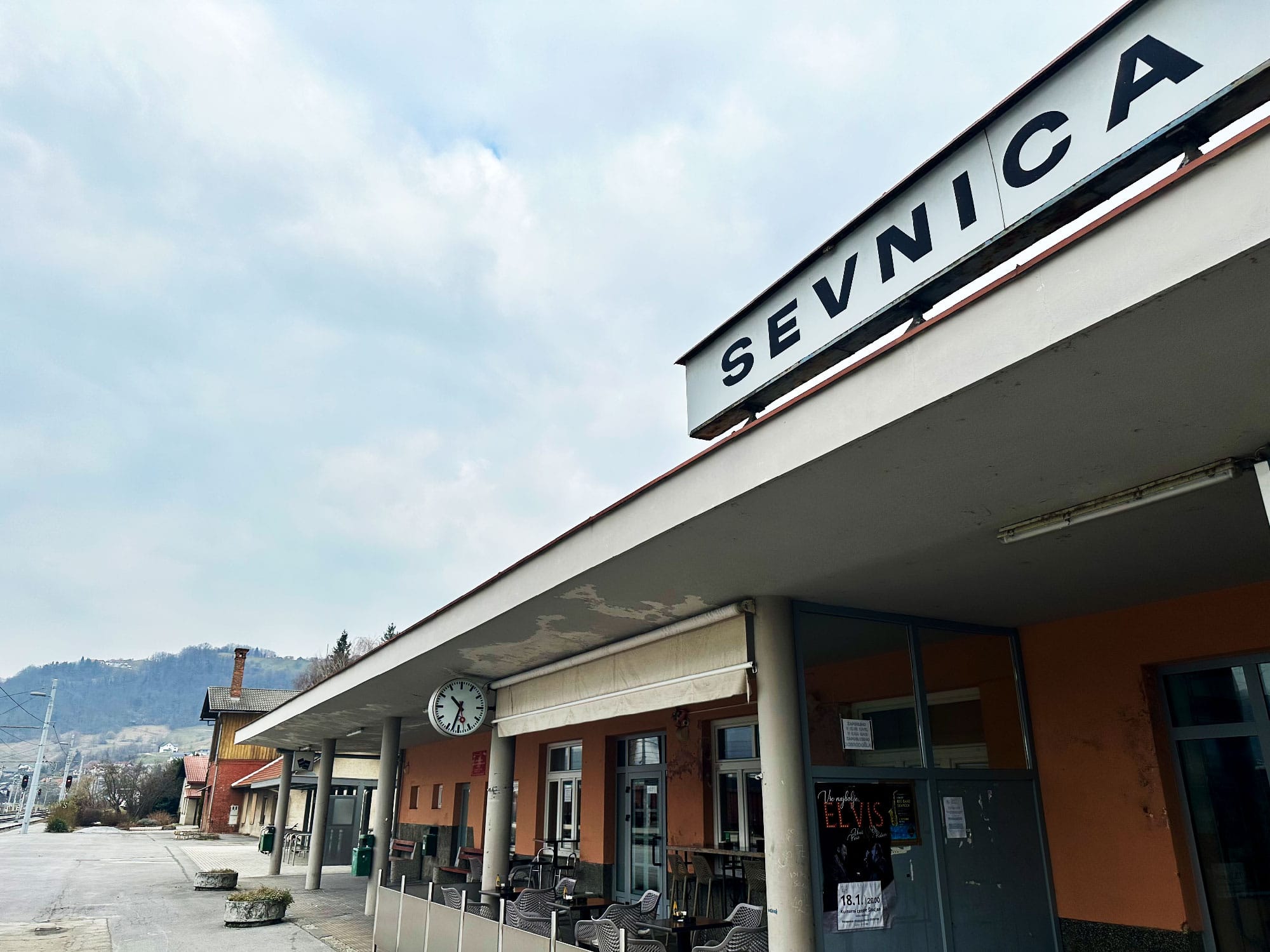
The train ride from Sevnica to the Ljubljana valley takes about 1.5 hours and passes through a scenically diverse upland region – the eastern part of the Slovenian Prealps. The route follows the Sava River valley, winding its way through the "Sava Hills." This area is characterized by forested hills and narrow valleys that hug the river’s course, giving the journey a natural, winding charm.
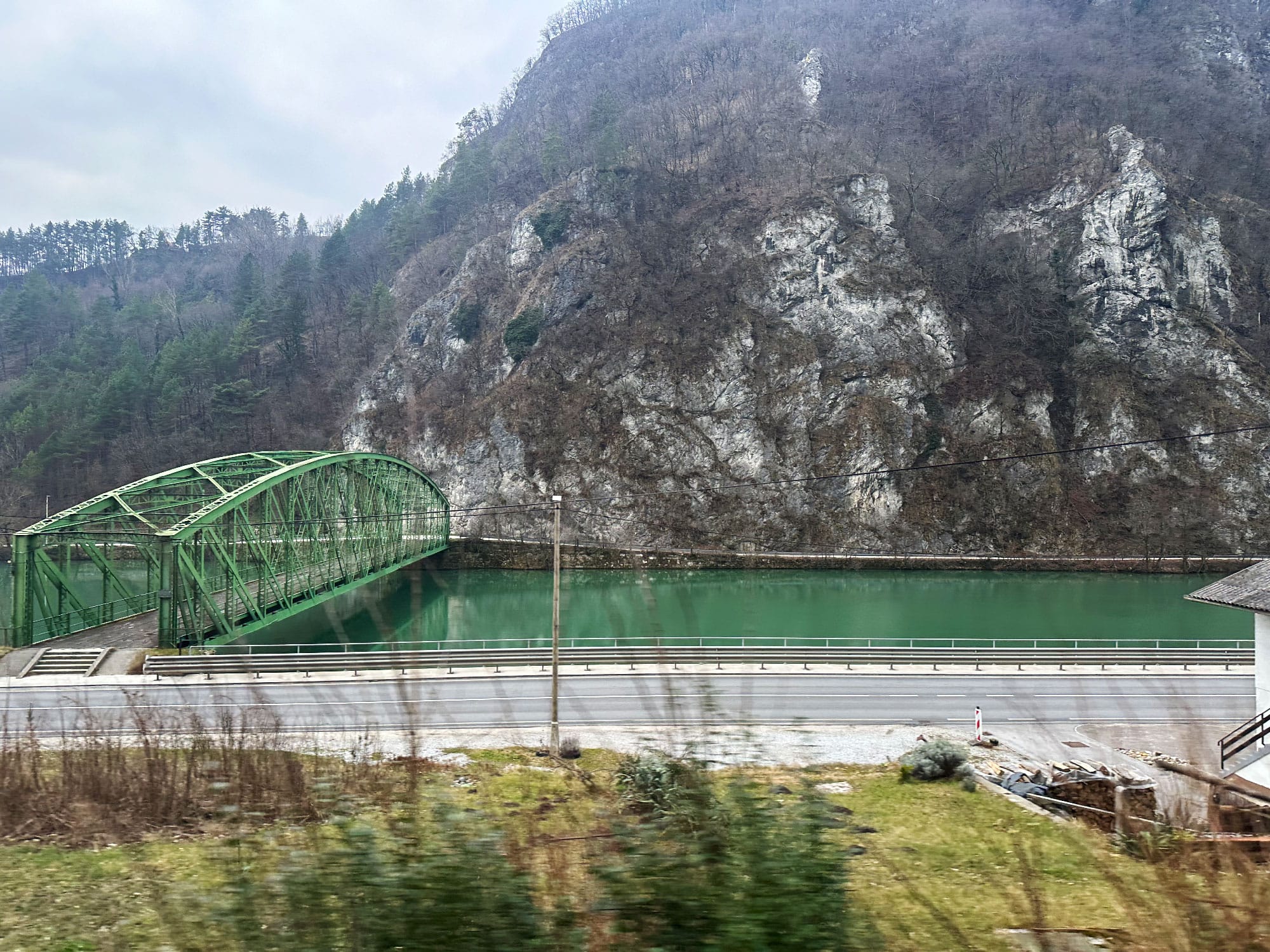
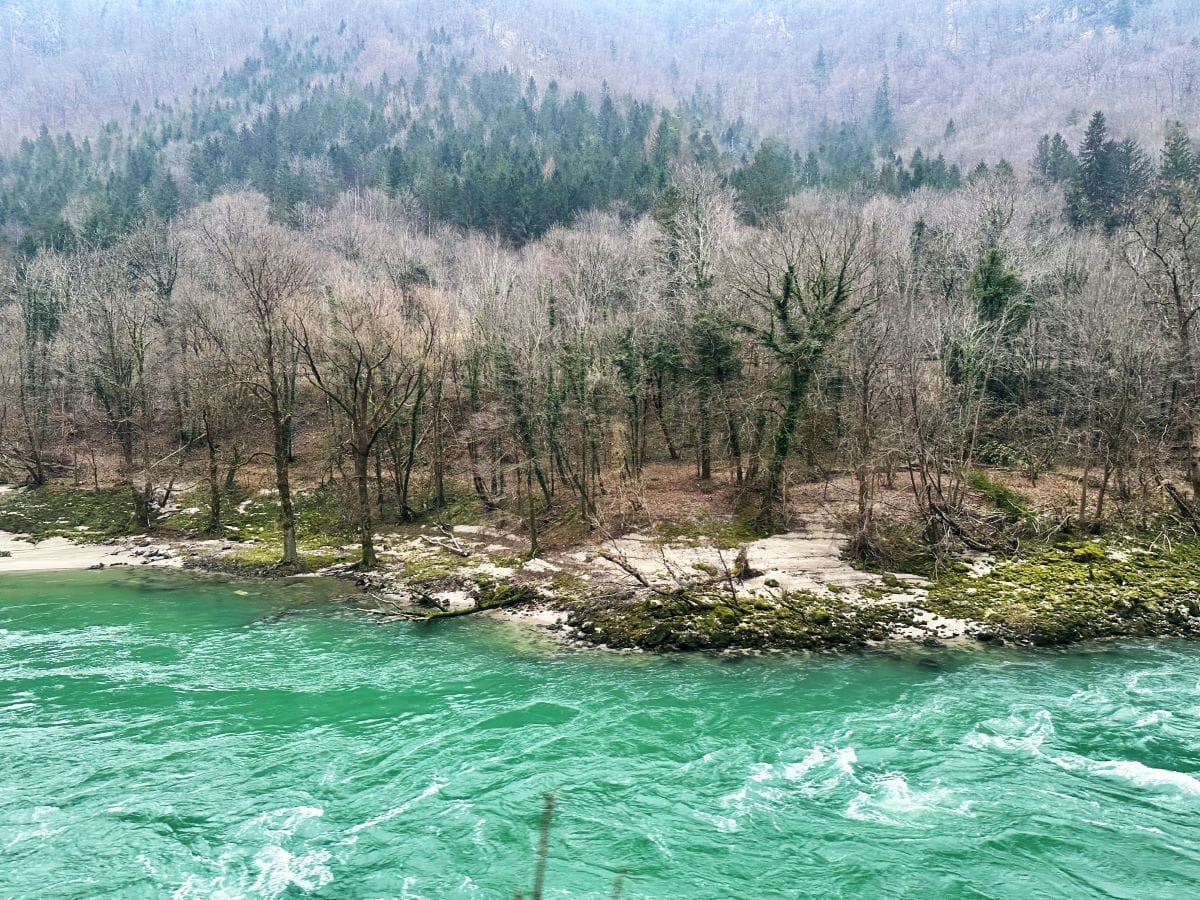
Right on time for lunch, we arrive at Ljubljana’s main station—the central railway hub of Slovenia. From here, key international train routes connect directly to Belgrade, Budapest, Graz, Munich, Prague, Trieste, Vienna, Zagreb, and Zurich.
The station, originally built in 1849 and renovated in 1980, has clearly seen better days and is in need of modernization. As a result, parts of the existing station are currently being renovated, and a completely new station hall is under construction, scheduled for completion in 2026.

At the platform, we come across a memorial plaque dedicated to James Joyce, along with the anecdote that the Irish writer mistakenly believed he had already arrived in Trieste on October 19, 1904, while actually still in Ljubljana. He ended up spending the night at Ljubljana station and continued his journey to Trieste the following morning.
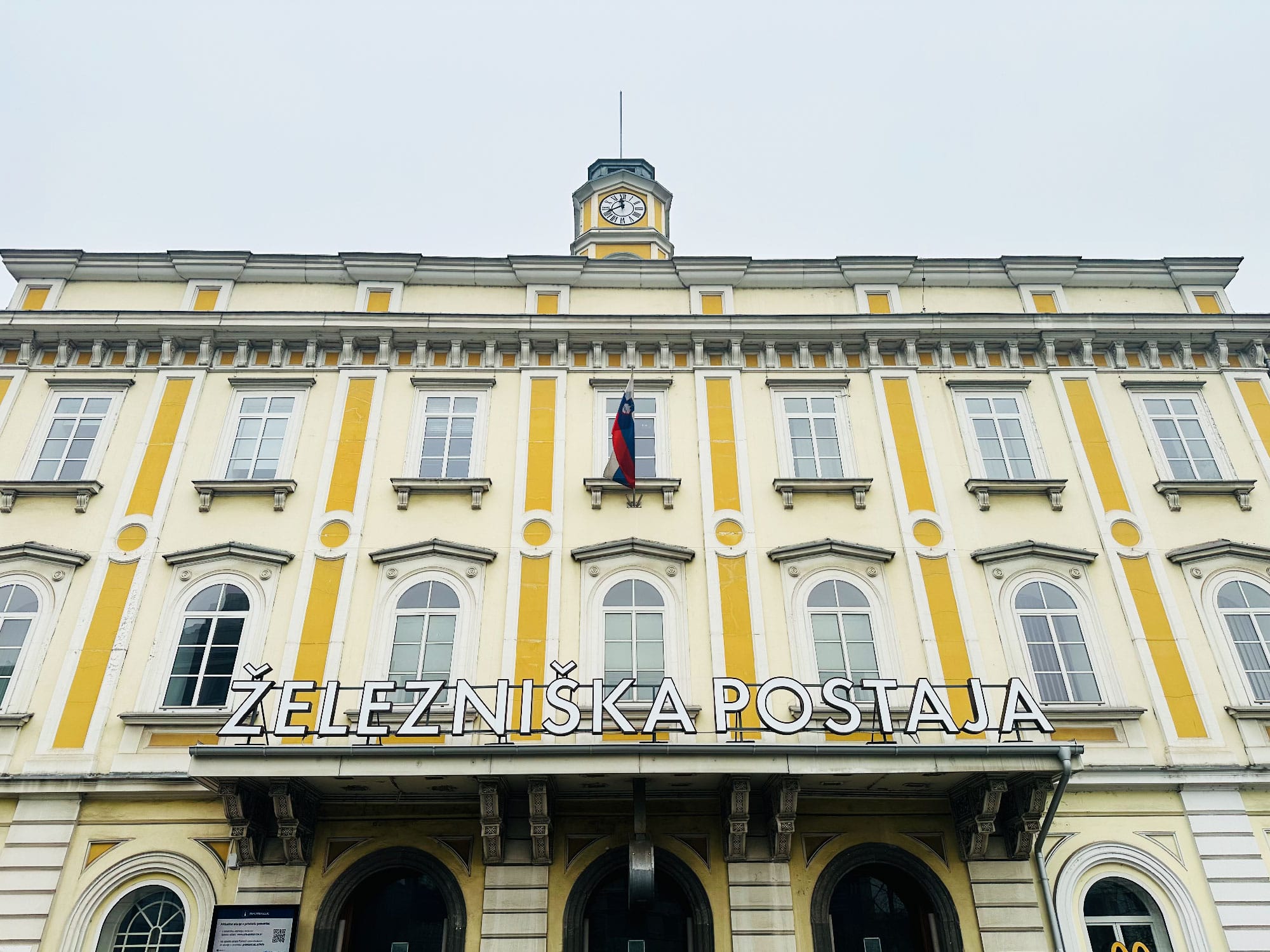
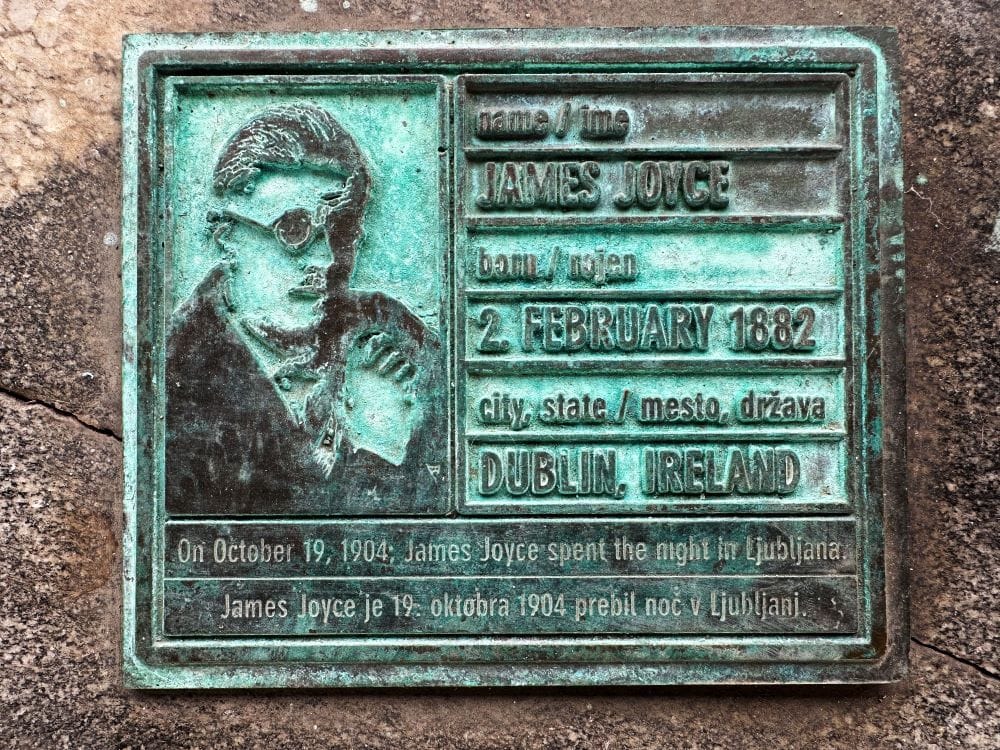
The LUV Festival
Arriving in the city center of Ljubljana, we are welcomed by the LUV Festival – a vibrant cultural celebration held every year in February and March, dedicated to the memory of Slovenia’s greatest poet, France Prešeren. The festival is all about love: love for art and culture, for the city, for nature, and for life itself.
For several weeks, Ljubljana transforms into a stage for creative installations, music, dance, literature, and culinary experiences. Many of the events are free of charge – visitors can stroll through the city while exploring museums, open-air artworks, photo spots, and interactive installations.
There are also free concerts, readings, and hands-on workshops. We visit several museums and, at last, the long-awaited Ljubljana Castle, which can be reached either by a 20-minute uphill walk (about 150 meters of elevation) or comfortably and barrier-free via the funicular from the Old Town.
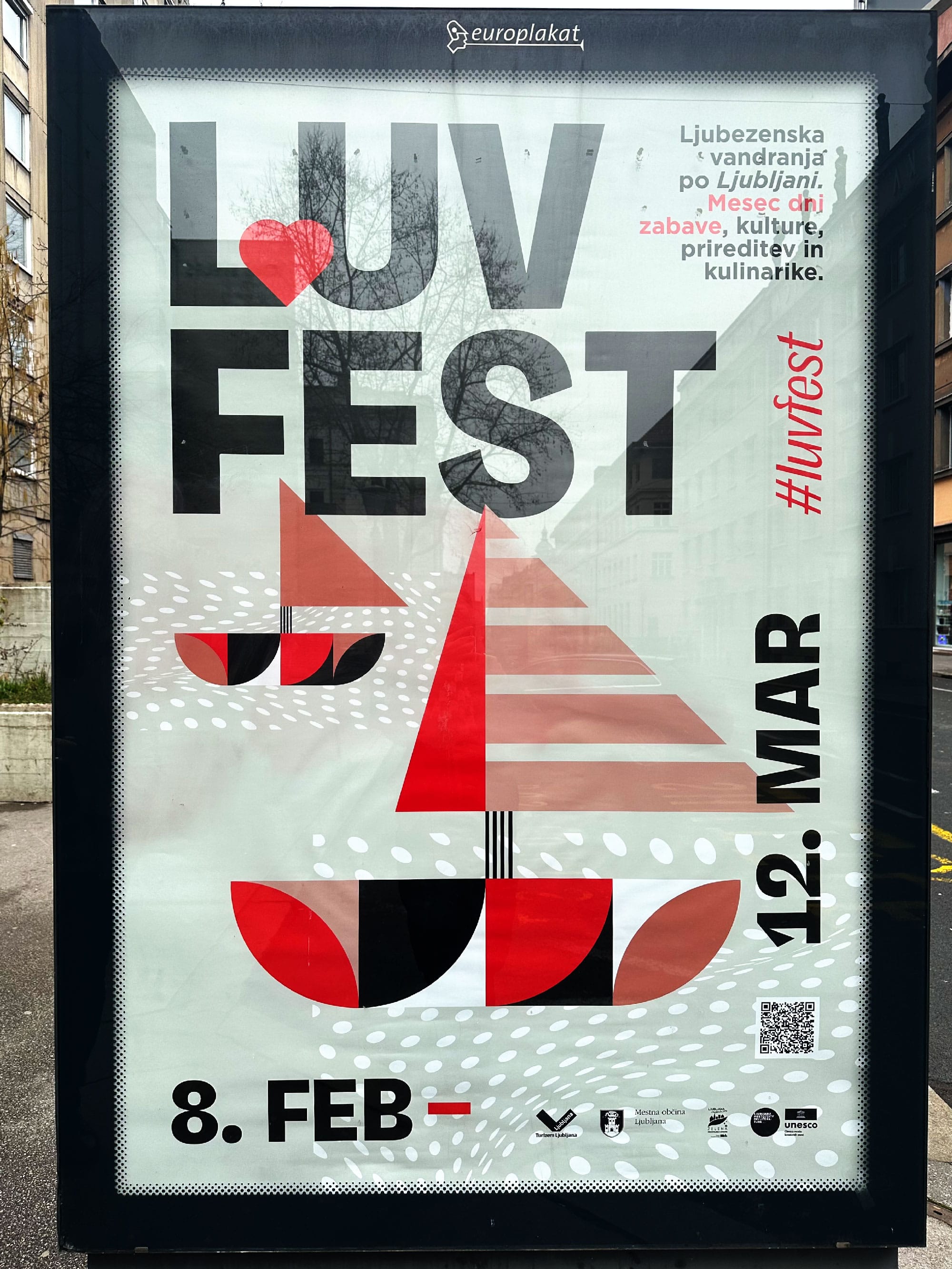

A landmark rich in history, views, and culinary delights
Ljubljana Castle rises majestically above the Slovenian capital, with a history spanning over 900 years. Originally built in the 11th century as a medieval fortress, it served over the centuries as the seat of regional rulers, a defensive stronghold against the Ottomans, and later as a prison.
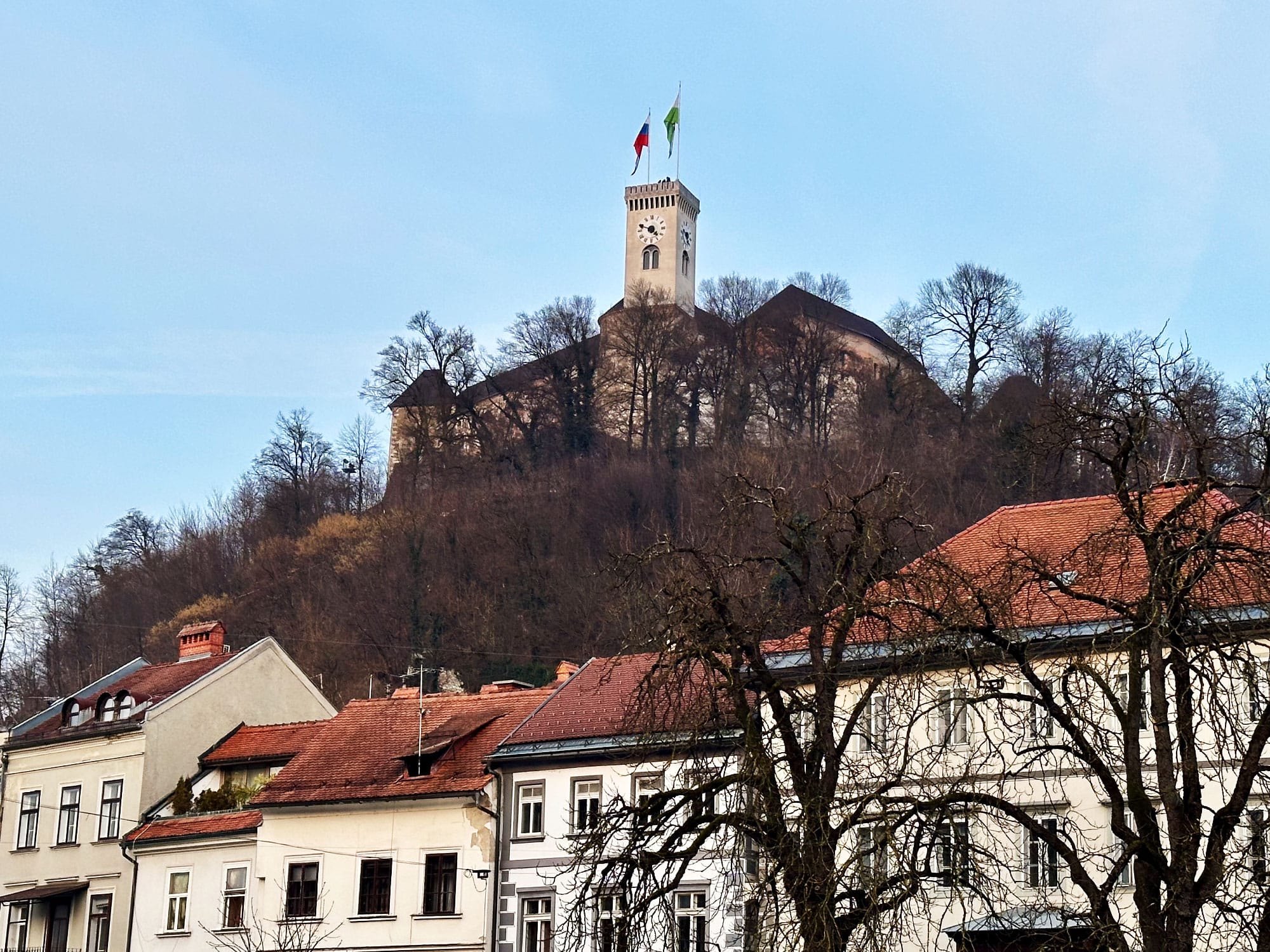
Today, the castle is a vibrant cultural center and a popular destination offering a wide range of experiences: a viewing tower with panoramic views over Ljubljana, museums dedicated to Slovenian history and puppetry, interactive tours such as the “Time Machine,” and cultural events including concerts, theater performances, and open-air cinema. The castle also has much to offer in terms of cuisine, with restaurants, a wine bar, and a café set in a historic atmosphere.
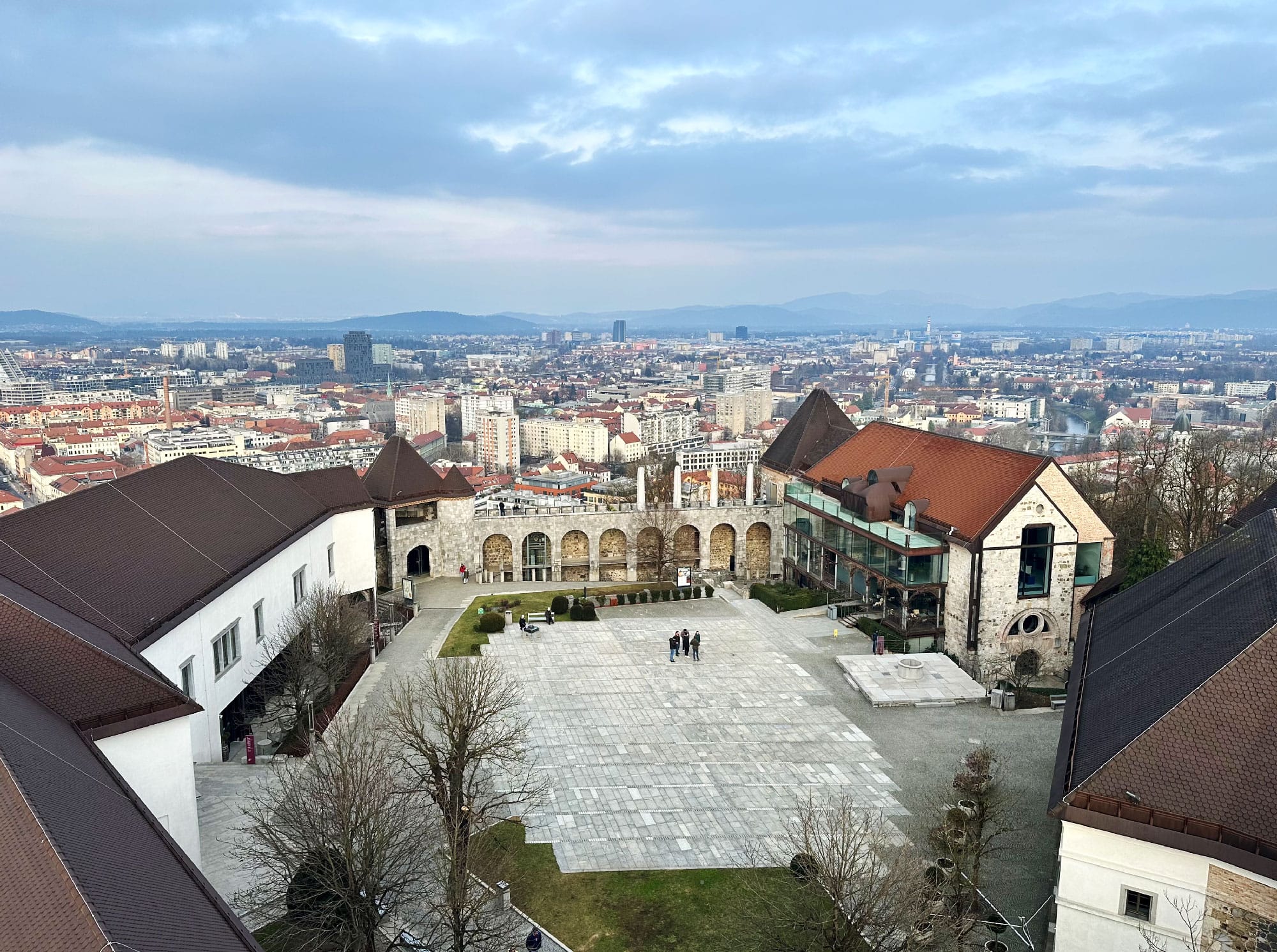
The viewing tower of Ljubljana Castle is a striking landmark of the Slovenian capital, offering a spectacular 360-degree view over the city and the surrounding landscape. The ascent is via a narrow spiral staircase that leads to the highest point in the city. From the top, a breathtaking panorama unfolds—stretching all the way to the Alps.

To round off the day in style, we visit Restaurant Strelec, located in the medieval Archer’s Tower of the castle—a fine dining restaurant with historical flair. It uniquely blends Slovenian culinary traditions with modern influences from the Alpine, Adriatic, and Pannonian regions.
The interior of the tower was decorated by painter Marija Pregelj, whose distinctive sgraffito murals now define the space. The artwork winds like a ribbon along the interior wall, illustrating framed scenes from Slovenian folk culture.
The kitchen is led by renowned chef Igor Jagodic, celebrated for his inventive and artful cuisine. He has received multiple awards, including a Michelin star and four Gault&Millau toques.
Insights into the history of Slovenian railways
For our second day, we planned a very special excursion to the Slovenian Railway Museum (Železniški muzej), located just outside the city center in the Šiška district. The museum is housed in impressively preserved former industrial halls and a locomotive roundhouse.
At the heart of the collection are the vehicles—especially the steam locomotives. The museum showcases 60 steam engines and around 50 additional rail vehicles. The oldest locomotive dates back to 1861 (Southern Railway No. 718, Class 29), while the smallest is the narrow-gauge locomotive K3, built in 1892 for the Pöltschach–Gonobitz line.
The exhibition is complemented by historical maps illustrating the development of Slovenia’s railway network, as well as uniforms and numerous everyday items from railway operations.
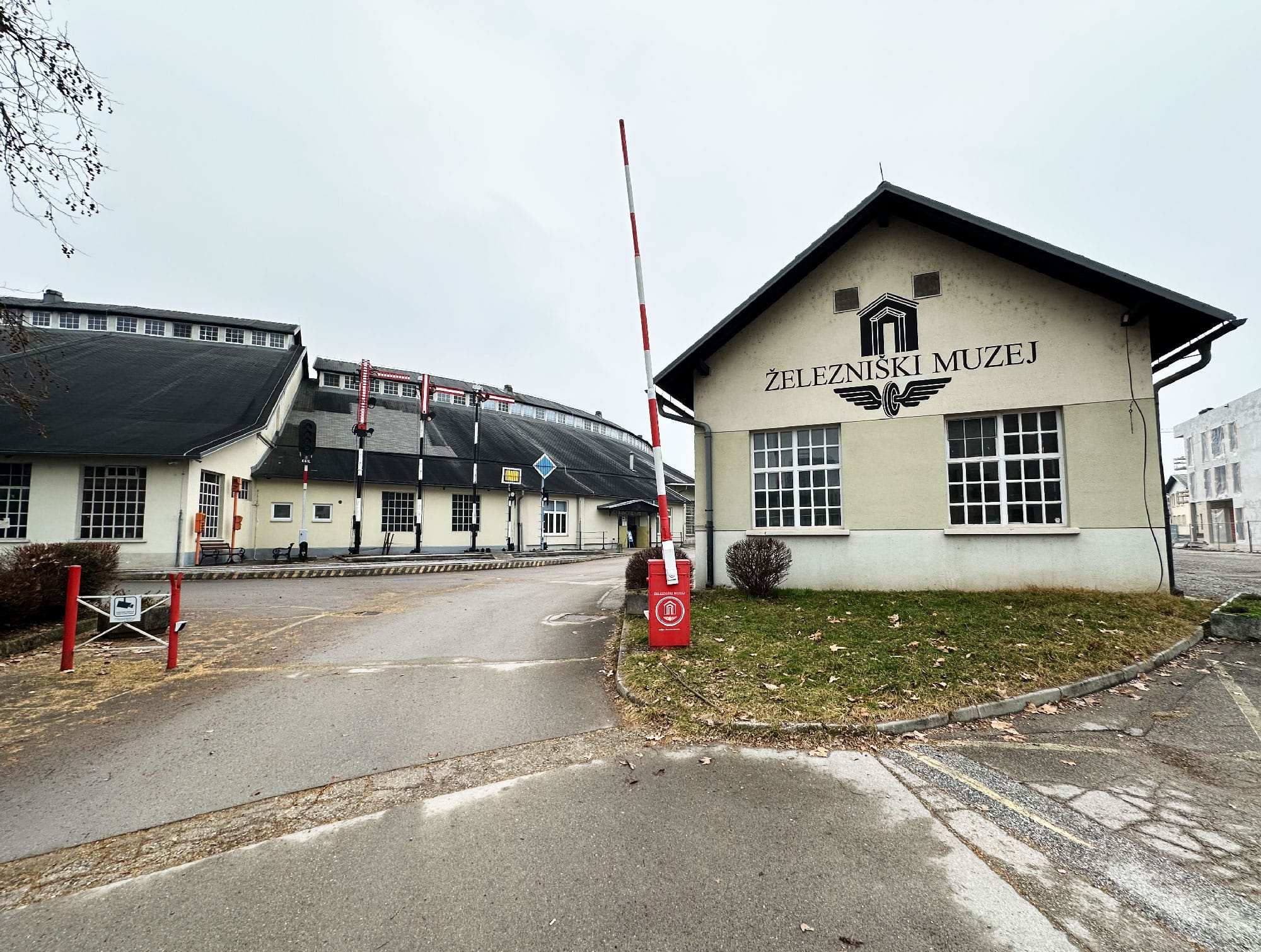
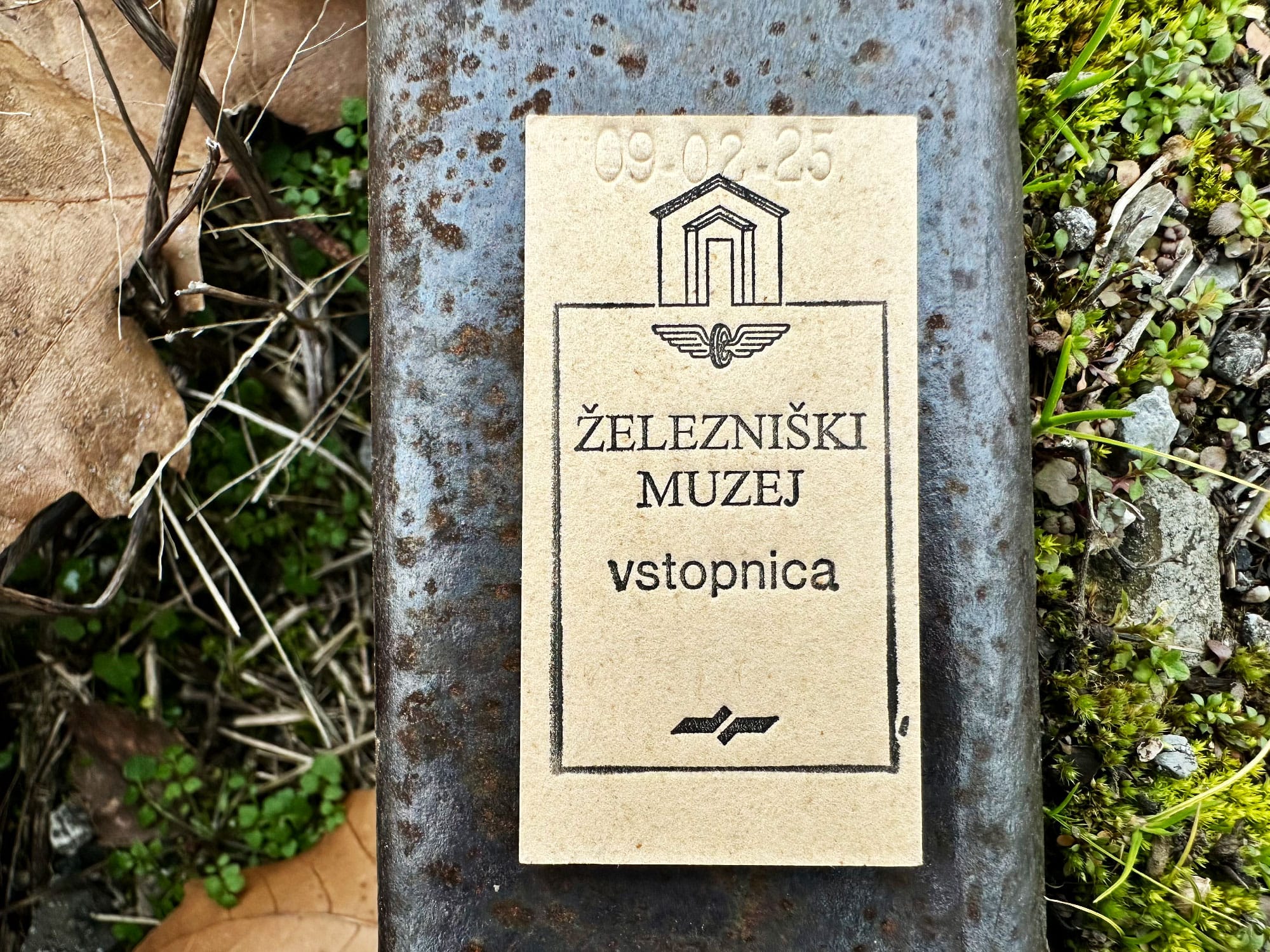
The history of Slovenian Railways (Slovenske železnice) is closely linked to the development of the railway network in Central Europe. Its origins date back to the 19th century, when the Habsburg Monarchy built the Southern Railway, creating an important connection from Vienna through Ljubljana to Trieste.
In the decades that followed, the network was expanded with routes to Croatia, Italy, and Hungary—including the Karawanken and Bohinj Railway lines, featuring the impressive Bohinj Tunnel, which has connected Slovenia to Italy since 1906.

During the summer months, steam-powered heritage trains regularly run along the especially scenic section between Jesenice and Nova Gorica. These trains consist of a historic set of carefully restored locomotives and carriages of Italian, Austrian, and former Yugoslav origin, all part of the collection of the Slovenian Railway Museum in Ljubljana.
With Slovenia’s independence in 1991, Slovenske železnice was established as a state-owned railway company. Since then, it has undergone continuous modernization—through electrification, international cooperation, and the development of key freight corridors.
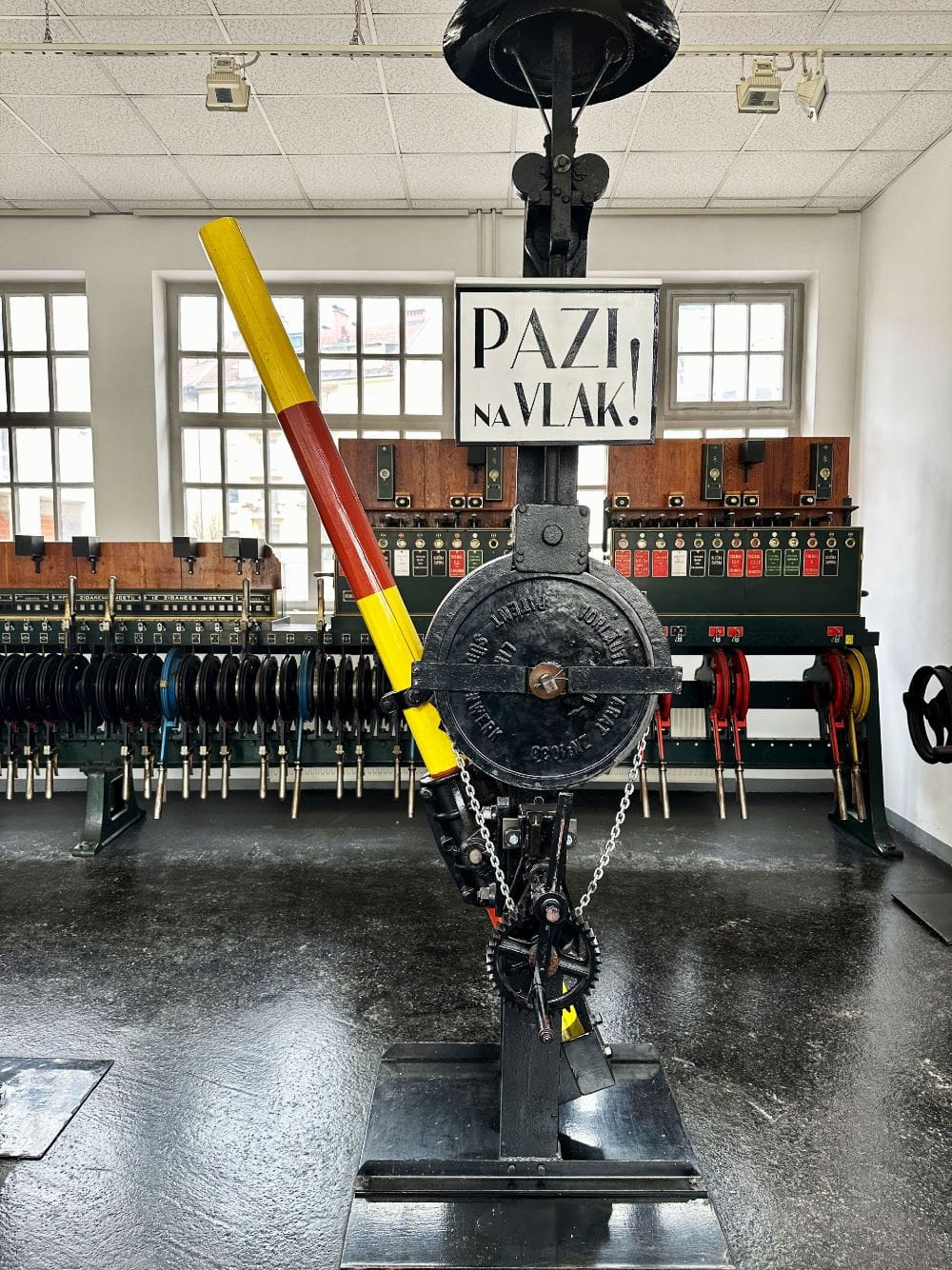
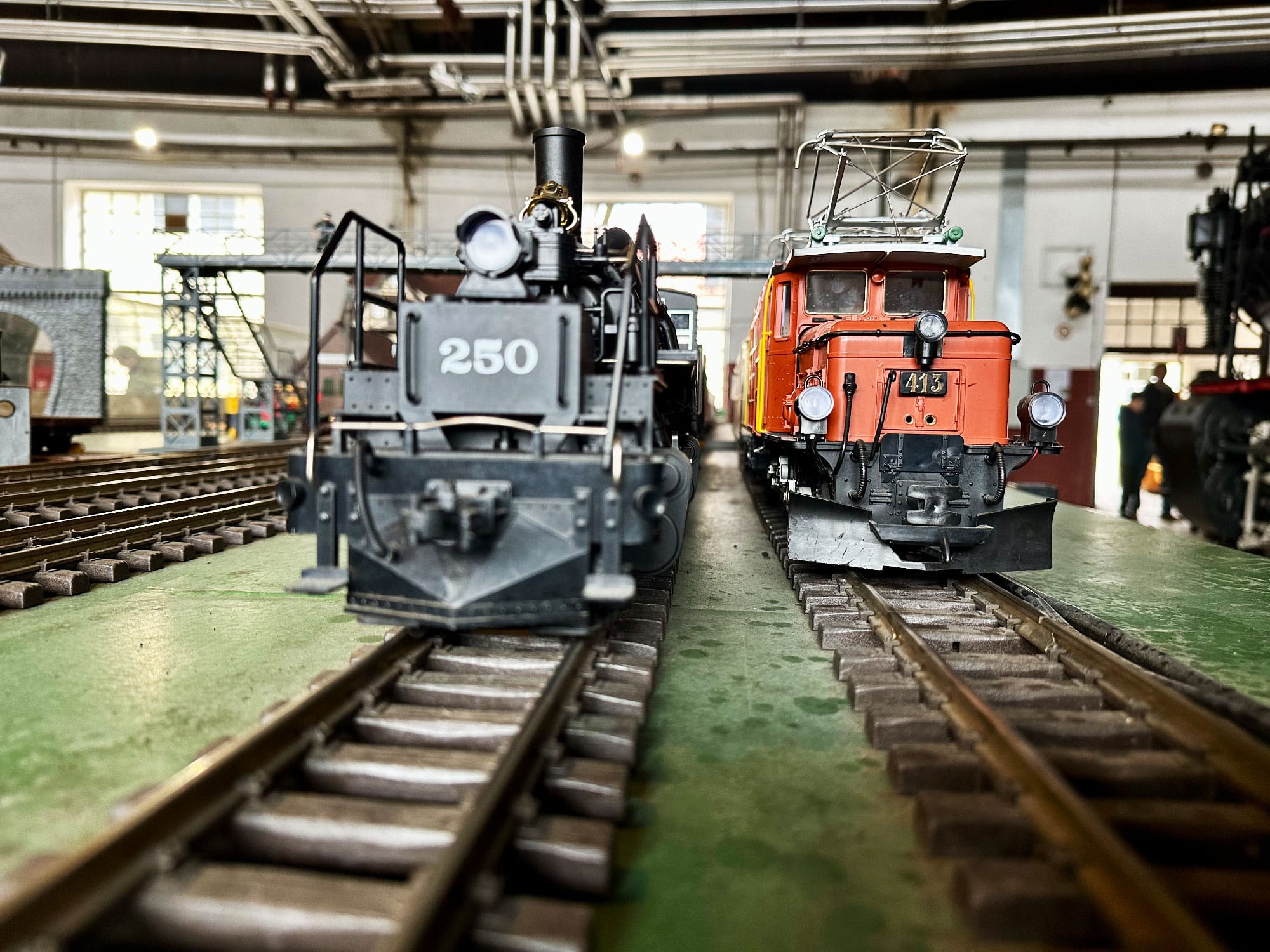

After a long and inspiring visit to the Railway Museum, we prepare for our return journey, filled with wonderful impressions of Ljubljana. We make a stopover in Sevnica, where we treat ourselves to a good Slovenian beer at the station bistro before boarding the night train back to Zurich at 7:47 p.m.

Wrapping up my experience
The EuroNight to Slovenia is the perfect night train for adventurers — and for those who aspire to become one. The rolling stock of Croatian Railways HŽPP is clean and well-maintained, and the train staff are attentive and warm. The sleeper car, with its charming “retro chic” style, offers a cozy atmosphere — as long as you’re not expecting a luxury suite.
In the morning, you're gently awakened with coffee, fresh rolls, and jam — a simple but satisfying start to the day. The stopover in Sevnica may pose a small challenge for some, but those who take their time will be rewarded with scenic views aboard the regional train.
Starting July 14, 2025, the EuroNight will once again run directly to Ljubljana — a night train journey well worth taking for anyone who appreciates the art of slow travel.
Find a night train to Ljubljana
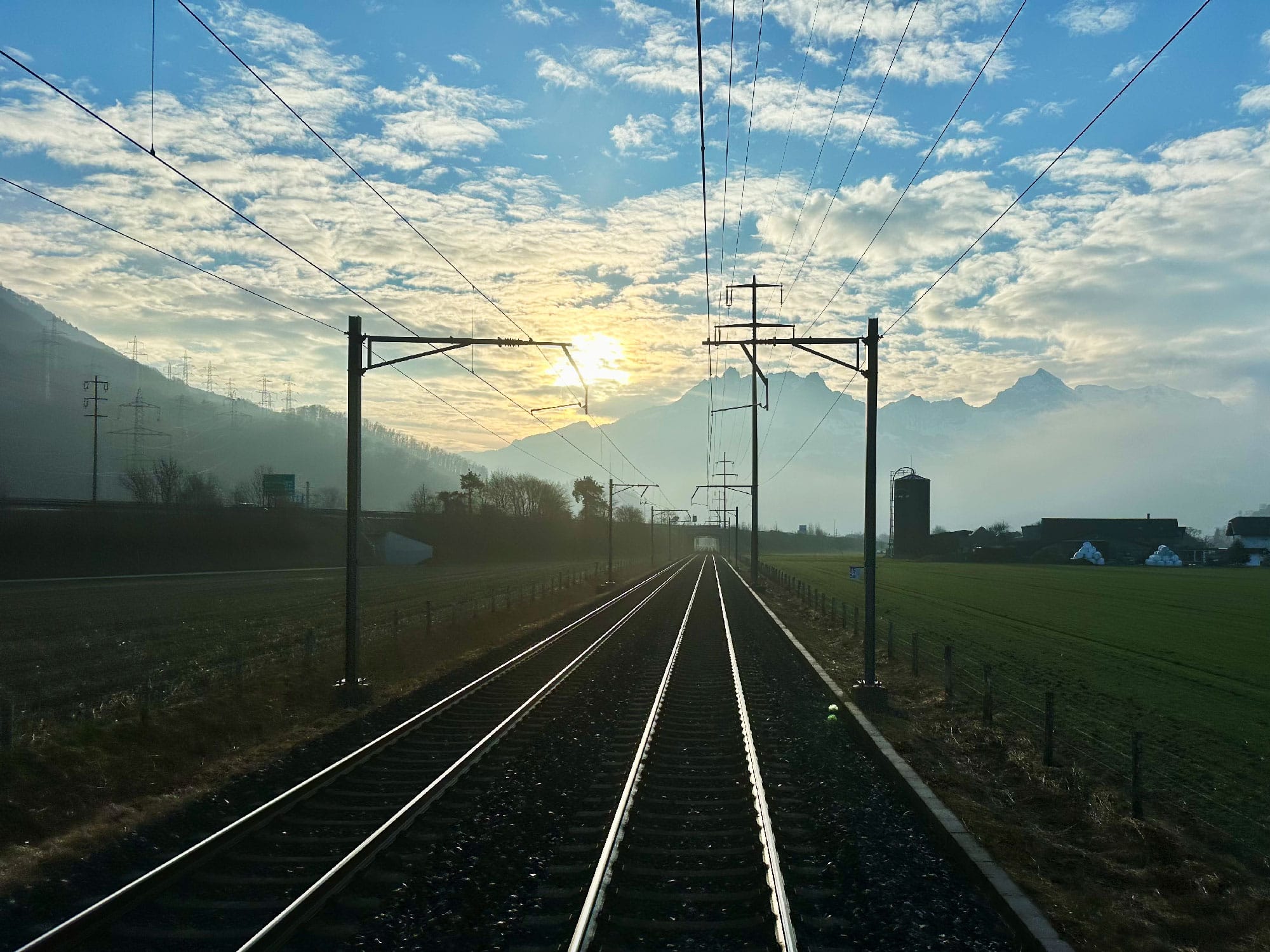
About the author
Sibylle Trenck-Germann works professionally in communications and user satisfaction at the IT department of SBB (Swiss Federal Railways). She also volunteers as a board member of the association Back-on-Track Switzerland, together with Carlo Severini. Back-on-Track is a European network advocating for more, better, and affordable night trains — by far the most climate-friendly way to comfortably cover long distances across Europe.
